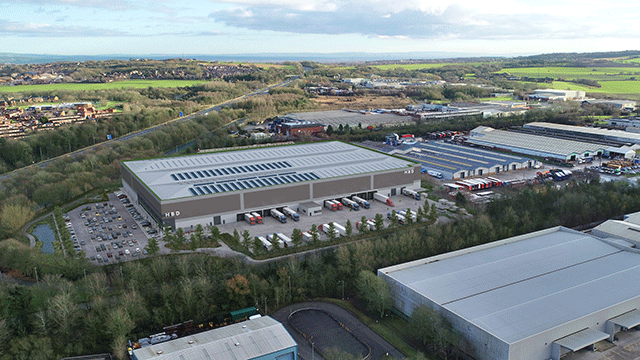The three central European countries bidding to join the EU have different hurdles to clear, from satisfying investors to balancing supply and demand
For central European countries Poland, the Czech Republic and Hungary, passage to membership of the European Union is the foremost issue. EU talks with the accession partners are due to conclude before the end of the year, so the three candidates can take part in the 2004 elections.
There has always been the assumption that all three candidates will join together. But each has different problems. Poland, the largest of the three, has a high proportion of farmers, which could place a further burden on the Common Agricultural Policy. A scaling down of the CAP is already being debated by EU countries which pay the EU only to see other, more agriculturally-orientated countries, benefit more.
Poland, with 40m residents, should, in theory, have attracted the lion’s share of investor interest in these pre-accession days, but property-wise, this has not been the case. Budapest and Prague have seen more investment than Warsaw, Poland’s only viable office market, which has been held back by land restitution problems and economic instability.
Poland is suffering from an extremely weak economy. Companies are cutting back, while high social security payments and tough employment regulations are scaring off investors with plans for expansion. Banks, meanwhile, are putting money into bonds rather than stimulating the economy.
In the Warsaw property market, this has led to very weak demand and falling supply. The development wave started in 1998 has swept through the centre and ended in out-of-town areas, which last year saw more new space come onto the market than the centre did. Prime rents have plummeted from around $50 to $30 per m2 a month and developers, lacking capital, are looking to international investors as equity partners.
There is plenty of interest from the investment community but the divergence between bids and asking prices and a lack of product is stopping the deals from flowing. Investors are expected to turn to other solutions such as sale and leasebacks. Other sectors are also expected to be targeted, with the first major retail investment deal predicted this year, giving the sector an all-important benchmark yield.
Budapest’s vacancy rate is rising, even though the economic downturn has put the brakes on speculative development. Rents are under pressure and will not rise again until at least next year. A number of occupiers are moving out of the central business district in search of cheaper rents and less congested areas. Increasingly important areas are Budaors, the Vaci ut corridor and central and southern Buda.
Shortage of product
The investment market remains strong and prices are holding up, chiefly because of the shortage of product. The lack of office investments has made buyers look further afield to the logistics sector. Yields may drop to as low as 8.5% this year, say agents.
Prague’s office market mirrors Budapest’s, with rising vacancy and slow tenant demand. The amount of office space being built has decreased significantly; last year, new supply was the lowest since 1994 and 75% lower than the peak year of 1999. The lack of good product held back investment activity, with only €80m of deals taking place, against over €160m in 2000.
Demand for logistics space has increased in both Prague and Budapest, favoured for their central locations. Budapest needs to complete its motorway network and Prague needs to provide more suitable product if this demand is to translate into an active market. Both could become major distribution hubs, once these creases have been ironed out.










